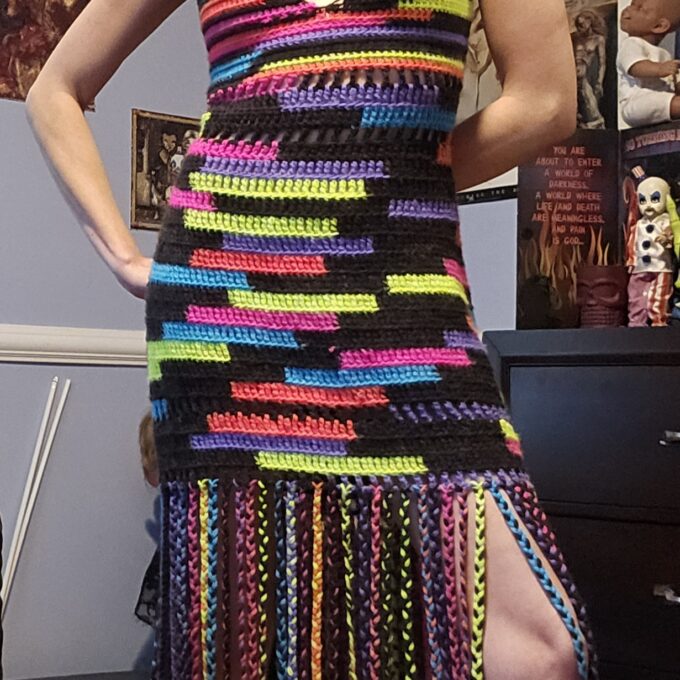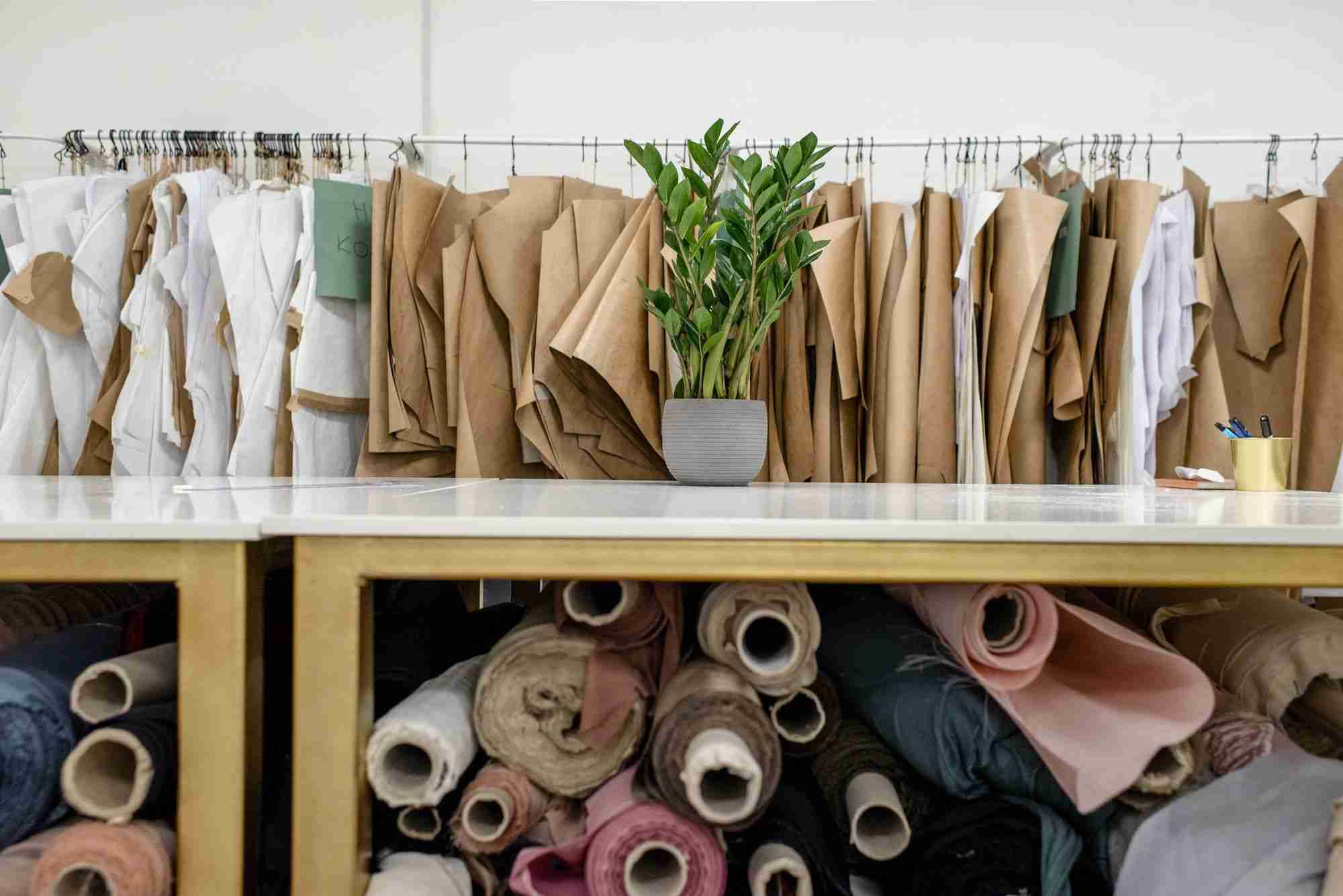The Circular Economy is an alternative to the traditional linear economic model that we’ve operated under for the past century. It focuses on regenerating and repurposing resources rather than permanently disposing of them. In other words, a business operating under a circular economy reinvests natural capital and produces goods that last, instead of using raw materials once and throwing them away. The principles of the circular economy also known as “Reduce, Reuse, Recycle” are being adopted by businesses from all industries because they can help reduce waste without compromising output or profitability. Let’s take a closer look at what the Circular Economy means for your business and how you can adopt its principles to optimize your operations.
What is the Circular Economy?
The circular economy is an alternative economic model that focuses on regenerating and repurposing resources rather than permanently disposing of them. It was developed in the mid-1990s by the British government to address concerns about resource shortages, global population growth, and the environment. The term was first used in a report by the British government’s think tank, the Environmental Policy Research Unit at the University of Surrey. That report described a “spiral” of economic activity in which materials were recycled in order to keep the economy going. When the concept reappeared in the 2000s, it was applied as a way to reduce waste, pollution, resource use, and human health risks related to these problems. The idea is to design economic systems so that goods and materials stay in use as long as possible.
Why Implement The Circular Economy?
As the world’s population grows, it is becoming increasingly important to find ways to use fewer natural resources. That will require new business practices and product innovations, as well as changes in policy that encourage a more sustainable economy. The Circular Economy model can help companies reduce their use of natural resources and protect the planet, while also being profitable. The benefits of the Circular Economy also apply to your customers. By reducing waste and using more sustainable materials, you can provide products that last longer while also protecting the environment. Your customers will benefit from products that require less maintenance and fewer replacements, which means less waste created. They’ll also appreciate the reduced environmental impact of your products.
The Ellen MacArthur Foundation’s Circular Economy
The Ellen MacArthur Foundation’s Circular Economy and its three principles can help you adopt a model that supports the long-term sustainability of your business. It encourages you to think about how you use materials as well as the impact your manufacturing processes have on the environment. The world’s natural resources are finite and must be managed responsibly for future generations. The circular economy encourages businesses to design their operations in a way that regenerates and reuses materials. That will reduce the amount of waste that needs to be disposed of. The materials that are no longer in use can be recycled or repurposed, extending their life cycle.
The three principles of Ellen MacArthur Foundation’s Circular Economy are:
- To eliminate waste and pollution
- To circulate products and materials at their highest value
- To regenerate nature
Principle #1: To Eliminate Waste and Pollution
Under the first principle of the Circular Economy, you should seek to eliminate waste and pollution. Products and materials that are designed to be used only once create large amounts of waste. This can include things like disposable beverage containers and packaging, or furniture made with synthetic materials that can’t be recycled. In contrast, choosing materials that can be recycled or reused will help reduce the amount of waste that needs to be permanently disposed of. It will also reduce pollution caused by the manufacturing process.
Principle #2: To Circulate Products and Materials at Their Highest Value
The second principle suggests that you try to circulate products and materials at their highest value. This may require you to change your business model so that you provide services rather than products, use durable materials, and improve design so that products last longer. For example, you could use digital tools to provide information rather than print materials. Or, you could use durable materials, such as wooden furniture and fabrics, that can be reused and last longer. You could also enhance the design of products so that they last longer and can be easily repaired, repurposed, or recycled.
Principle #3: To Regenerate Nature
The third principle encourages businesses to regenerate nature by choosing materials that come from sustainable sources. Make sure to consider all stages of the production process, including manufacturing, packaging, and shipping. You can use the Internet to research suppliers and their products. You can also find organizations that certify sustainable products and materials.
Easy Ways You Can Integrate the Circular Economy into Your Business
By implementing the Circular Economy, you can take important steps to reduce your company’s environmental footprint and boost profits. You can also help to protect the planet for future generations by operating more sustainably. Here are a few simple ways you can put these principles into practice:
- Reduce – Focus on reducing the amount of materials and resources you use. You can do this by choosing products with shorter life cycles, such as reusable cups and plates. You can also use digital tools to minimize the use of paper.
- Repair – Repair broken equipment, or find someone who can do the repairs for you. This reduces the amount of waste that needs to be disposed of.
- Reuse – Use reusable containers and bags for storing and transporting materials. Choose durable materials that can last longer and can be easily repaired.
- Recycle – Find out if your business can recycle different materials and how to dispose of them properly. This will reduce the amount of waste that needs to be disposed of.
Conclusion
The Circular Economy model is an alternative economic model that focuses on regenerating and repurposing resources rather than permanently disposing of them. It encourages businesses to design their operations in a way that regenerates materials. You can use the principles of the circular economy to reduce your company’s environmental footprint and boost profits.


















